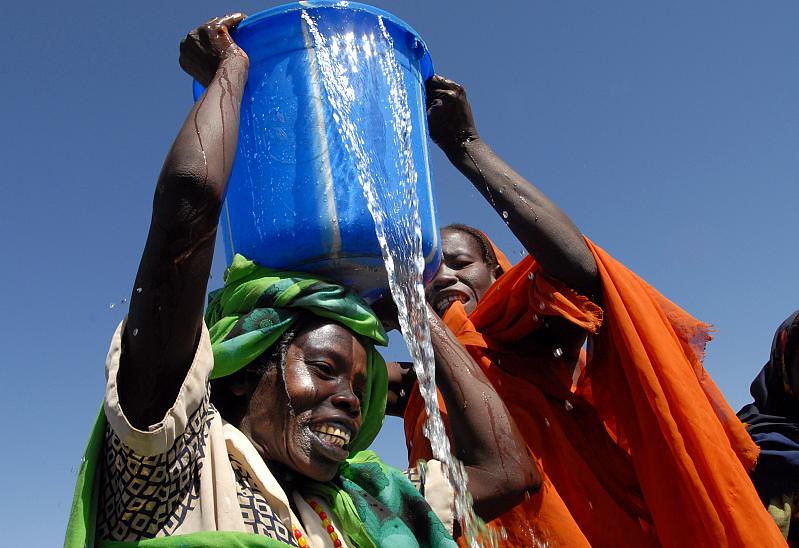6 Facts About Sanitation in Chad
 Chad is a country highly dependent on agriculture with two-thirds of the population employed in such a capacity. For agriculture to thrive, water must be plentiful. However, for Chad, ensuring access to adequate water supplies has and continues to be a challenge. Additionally, the citizenry at large suffers from a lack of sanitized water, which increases the danger of disease transmission. Here are 6 facts about sanitation and access to water in Chad.
Chad is a country highly dependent on agriculture with two-thirds of the population employed in such a capacity. For agriculture to thrive, water must be plentiful. However, for Chad, ensuring access to adequate water supplies has and continues to be a challenge. Additionally, the citizenry at large suffers from a lack of sanitized water, which increases the danger of disease transmission. Here are 6 facts about sanitation and access to water in Chad.
6 Facts About Sanitation in Chad
- Basic water services: In 2019, 61% of Chad’s population lacked access to basic water services. Many had to obtain drinking water from an improved source like a well or piped water.
- Open defecation: 69% of Chad’s population practices open defecation, a result of Chad being the country with the largest percentage of its population without access to a toilet. Among the poorest Chadians, access to toilets improved by 7% between 2000 and 2017. However, 88% of them still practice open defecation.
- Hand washing: Chad is one of 19 countries where more than 50% of the population does not have a handwashing facility. Additionally, 76% of Chad’s people have no handwashing facility in their home. This is especially salient today since the World Health Organization recommends hand hygiene as “the most effective single measure to reduce the spread of infections”.
- Lake Chad: This body of water borders Nigeria, Niger, Cameroon and Chad and supports the existence of 30 million people. This economically important source of water, however, has shrunk by 90% since the 1960s. For communities reliant on fishing, farming and herding, a diminishing Lake Chad translates into resource constraints and sometimes conflict.
- Refugee crisis: Conflict caused by Boko Haram and other insurgent groups in the region has displaced thousands of Chadians and others. For example, in Kobiteye, a refugee camp bordering the Central African Republic, 24,000 refugees live without adequate access to water.
- Lethality: The inability to consume clean water is costly, taking the lives of thousands in Chad. A U.N. report found children under five in conflict-affected states were “more than 20 times more likely to die” from unsafe water or lack of sanitation than from the conflict itself.
Solutions
In response to Chad’s water crisis, some organizations and governments have stepped up assistance. In 2019, World Vision Chad redirected 70% of its funding to providing safe water access. They reached 18,000 displaced refugees with 45 boreholes. A few years ago, USAID dug 113 wells that reached 35,000 people since 2008.
Other organizations are focusing on leveraging technology to improve water access. Chad’s Ministry of Water and Sanitation and the Swiss Agency for Development and Cooperation partnered to fund the ResEau project, a 10-year 3D mapping initiative designed to improve borehole drilling. Before ResEau began, boreholes successfully reached water 30 to 40% of the time. Now, boreholes successfully reach water over 60 percent of the time.
Additionally, ResEau also contributed to creating a master’s degree program in Hydrology and GIS at the University of N’Djamena in Chad. This program has benefited more than 100 students so far, many of whom work for Chad’s Ministry of Water and Sanitation. Leapfrog, the 3D technology company that ResEau used for its geological modeling, stated that the project “will enrich the livelihood of all those who live in Chad, by providing the skills and knowledge needed for a robust integrated water management system”. Steps like these represent successes that individual donors and donor governments need to build upon.
– Jonathan Helton
Photo: Flickr
